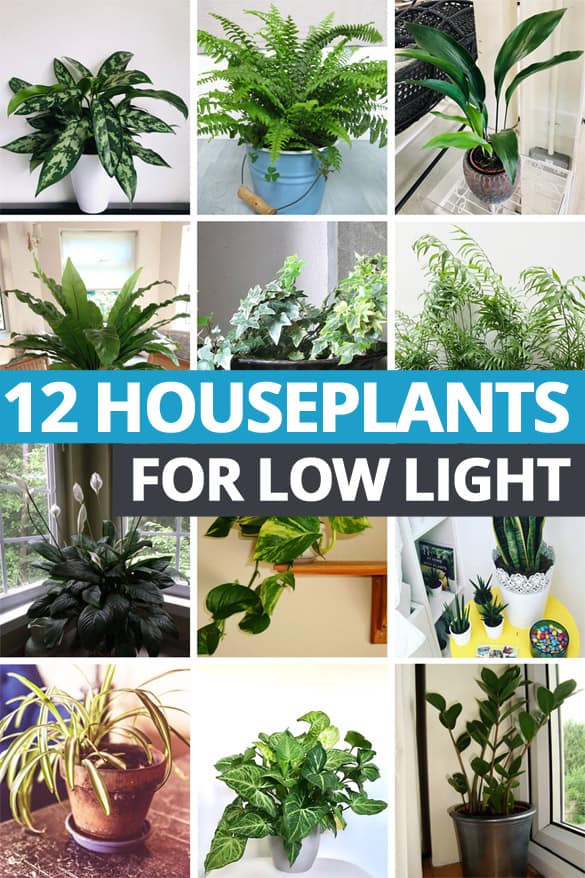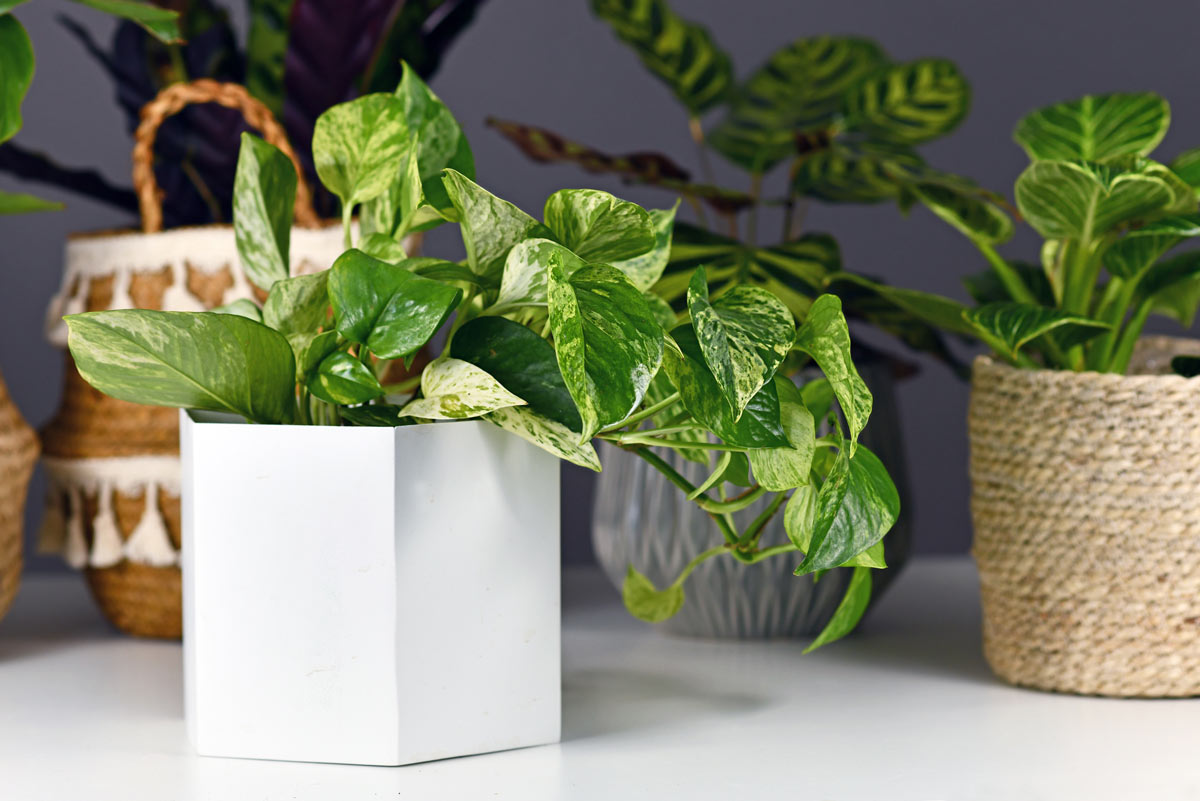The Best Low-Light Indoor Plants for Beginners and Busy Plant Owners
Discover the very best Low-Light Indoor Plants for Enhancing Your Home Design
Incorporating low-light interior plants into your home decor can dramatically boost both aesthetic appeals and atmosphere, specifically in areas that lack plentiful all-natural light. Selections such as the Snake Plant and ZZ Plant not just bring life to dim edges yet additionally add to enhanced air high quality and total health. Understanding the distinct qualities and treatment requirements of these plants can cause a more unified living atmosphere. As we discover the top options and their imaginative applications, one might question how these choices can change your area into a flourishing haven.

Why Choose Low-Light Plants
Why choose low-light plants in your indoor areas? The modern-day living environment commonly offers difficulties such as limited all-natural light, making it difficult for standard houseplants to flourish. Low-light plants are especially adjusted to survive and prosper in these problems, using a sensible service for individuals seeking to boost their indoor rooms without the included stress and anxiety of maintaining much more light-demanding flora.
Along with their strength, low-light plants add substantially to the appearances of an area. Their diverse series of colors, sizes, and forms allows for one-of-a-kind interior decoration possibilities, developing welcoming and lively environments. Interior plants are understood for their air-purifying high qualities, improving indoor air top quality by filtering system toxins and releasing oxygen, which can boost overall wellness.
Low-light plants likewise require minimal upkeep, making them particularly attracting busy people or those brand-new to horticulture. Their adaptability enables positioning in different atmospheres, from workplace to dimly lit corners of the home. By picking low-light plants, you can appreciate the benefits of greenery without the restrictions that commonly come with traditional gardening, ultimately cultivating a much healthier and a lot more visually attractive indoor atmosphere.
Leading Low-Light Indoor Plants
For those seeking to boost their interior rooms with plant that thrives in low-light problems, several plant choices stand apart for their durability and aesthetic charm. The Serpent Plant (Sansevieria trifasciata) is a popular selection, recognized for its upright, sword-like leaves and ability to endure overlook. This hardy plant can endure in poorly lit locations while improving interior air quality.
Another exceptional alternative is the Pothos (Epipremnum aureum), identified by its heart-shaped leaves and trailing vines. Pothos is not only adaptable to reduced light however likewise uses a striking aesthetic comparison when put on shelves or hanging baskets.
The ZZ Plant (Zamioculcas zamiifolia) is equally outstanding, flaunting shiny, dark environment-friendly leaves that can illuminate any type of corner. Its drought resistance makes it excellent for active property owners.
Treatment Tips for Low-Light Plants
How can you guarantee that your low-light indoor plants flourish in spite of limited sunlight? Initially, select the ideal potting mix that offers great drain while retaining wetness. A well-aerated soil, such as a mix of potting dirt and perlite, can help protect against origin rot.
Watering is vital; low-light plants normally need less regular watering contrasted to their sun-loving counterparts. Always examine the top inch of the soil-- if this page it really feels dry, it's time to water. Beware of overwatering, as this can lead to fungal problems and root decay.
Fertilizing low-light plants must be done sparingly - Best low-light indoor plants. Use a well balanced, water-soluble fertilizer during the growing season, yet remove or minimize fertilizing in the inactive months
Furthermore, dust can build up on leaves, hindering photosynthesis. Delicately clean the leaves with a damp cloth to keep them tidy.
Finally, observe your plants closely. Indications of distress, such as yellowing fallen leaves or leggy growth, can suggest that your plant needs adjustments in care (Best low-light indoor plants). By adhering to these care ideas, your low-light interior plants can flourish, adding beauty and vigor to your home
Imaginative Ways to Display Plants
Raising the aesthetic charm of your interior space can be accomplished by thoughtfully displaying your low-light plants in innovative means. Take into consideration making use of vertical room to your benefit; wall-mounted shelves can display routing plants like pothos or philodendron, including lushness while saving floor area. Conversely, use plant stands of differing heights to produce visual rate of interest and deepness, drawing the eye upwards.
Hanging planters are one more outstanding alternative, offering a significant result when suspended from the ceiling or hooks. Macramé hangers can present texture and bohemian panache, while modern ceramic hangers can fit a minimal visual. For a more ingenious approach, repurpose unique containers such as vintage teacups or glass containers, which can add personality to your screen.
Grouping plants in clusters is also effective; usage varying pot dimensions and shades to produce a natural appearance. This method Get More Info not just improves visual impact yet additionally provides an all-natural environment feeling - Best low-light indoor plants. Take into consideration placing plants near light resources like windows or lights to optimize their development and showcase their lively foliage, hence improving the general ambiance of your interior atmosphere.
Advantages of Indoor Greenery
Numerous studies have demonstrated that including indoor plant right into your living room provides a multitude of benefits, boosting both psychological and physical health. One of one of the most significant benefits of interior plants is their capability to boost air high quality. Plants take in carbon dioxide and release oxygen, producing a much healthier atmosphere while additionally straining hazardous contaminants, thus promoting respiratory system health and wellness.
Additionally, the visibility of plant has been linked to minimized anxiety levels. Research study suggests that communicating with plants can reduce cortisol levels, which are related to anxiety. This soothing result can lead to enhanced state of mind and raised efficiency, making indoor plants an ideal addition to work areas.
In addition, indoor plant can enhance cognitive feature. Researches suggest that environments enhanced with plants can bring about boosted emphasis, imagination, and overall psychological clearness. The aesthetic appeal of indoor plants likewise adds to a more inviting and positive atmosphere, positively affecting social interactions and go right here overall satisfaction within an area.
Final Thought

Integrating low-light interior plants right into your home décor can significantly enhance both visual appeals and environment, particularly in spaces that do not have abundant all-natural light. Ranges such as the Snake Plant and ZZ Plant not just bring life to lower corners yet likewise contribute to improved air quality and general health. Interior plants are recognized for their air-purifying high qualities, boosting interior air quality by filtering system contaminants and releasing oxygen, which can boost overall wellness.
For those looking for to enhance their interior rooms with greenery that flourishes in low-light conditions, several plant options stand out for their resilience and visual charm. These resistant plants, such as the Snake Plant and ZZ Plant, flourish in dim conditions and call for marginal maintenance, making them appropriate for numerous lifestyles.